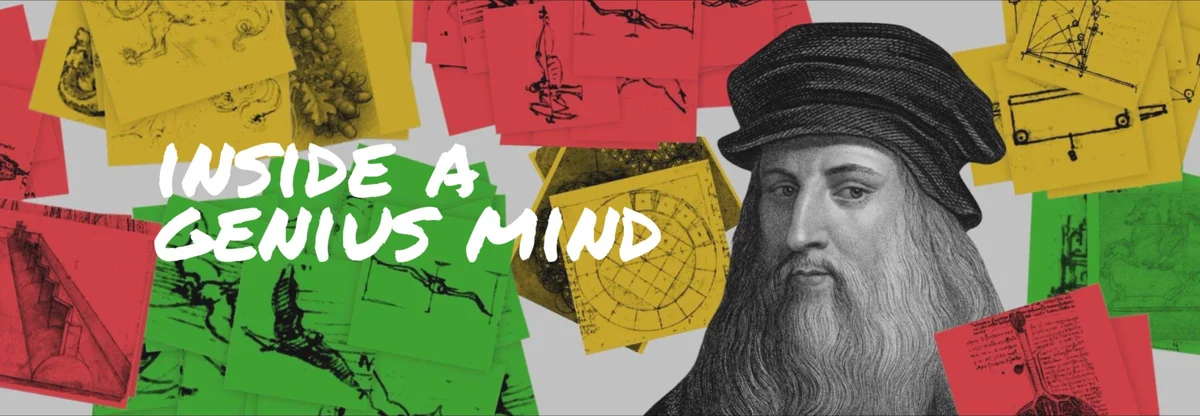Explore the undeciphered writing of the Incas
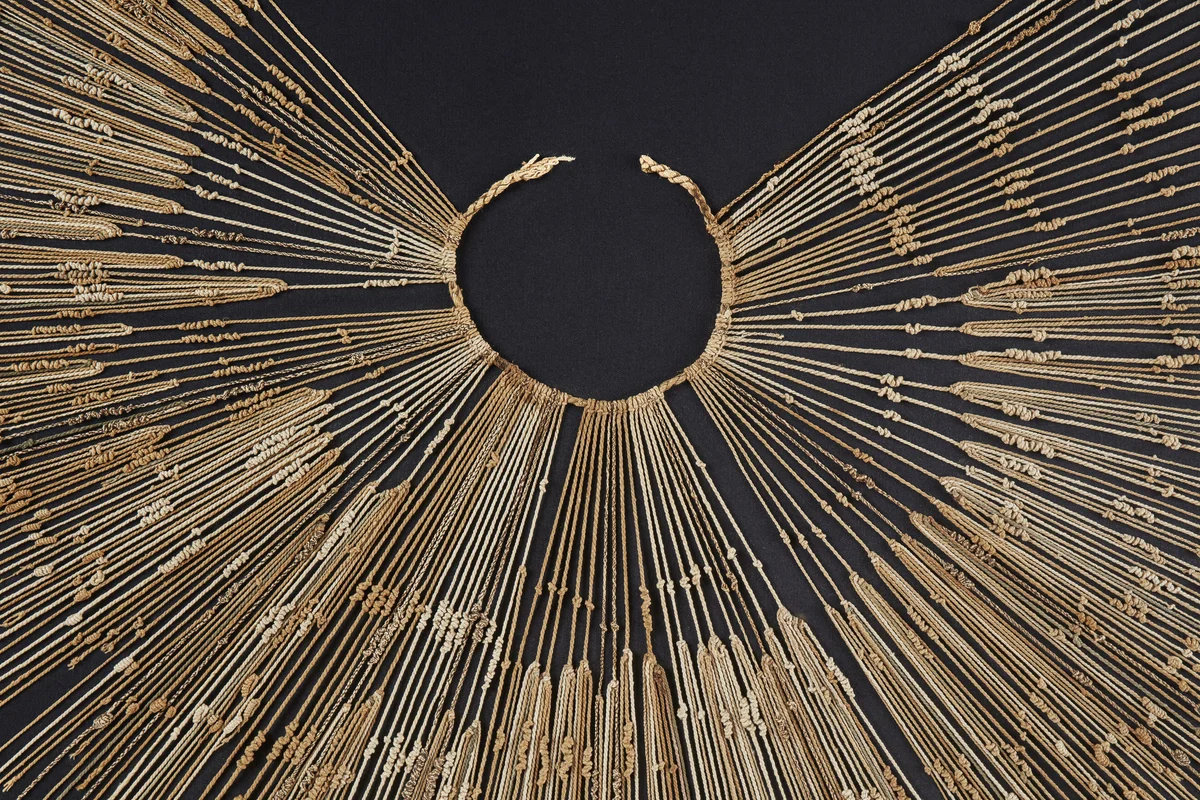
Issac Newton once said, "If I have seen further it is by standing on the shoulders of giants." By adopting this age-old phrase, he acknowledged that all “new” discoveries depend on all that preceded them.
At Google, we firmly believe that history has much to teach us. For me personally, as a Latin American, I have no doubt that the native peoples who inhabited our beautiful, diverse and inspiring region left us countless treasures — many of which still patiently wait to be discovered.
The MALI Collection on Google Arts & Culture
That is why I am so pleased and proud to present the new online exhibition The Khipu Keepers on Google Arts & Culture.
“Khipus,” which means “knots” in the Quechua language, are the colorful, intricate cords made by the Incas, who inhabited some parts of South America before the Spanish colonization of the Americas. These knotted strings are still an enigma waiting to be unraveled. What secrets are hidden in these colorful knots dating back centuries? What messages from the Incas echo in these intricate cords? Could the ancestral knowledge they hold inform us about our future?
Currently, there are about 1,400 surviving khipus in private collections and museums around the world. While approximately 85% of these contain knots representing numbers, the remaining 15% are believed to be an ancient form of writing without written words on paper or stone. Researchers are still working to decipher the meanings of these coded messages.
With the exhibition launching online today, the Lima Art Museum (MALI) and Google Arts & Culture are opening a window into one of the greatest mysteries the Inca people left behind.
By putting the centuries-old khipus on display online for the first time, this exhibition will let people from across the world engage with the fantastic legacy of the Inca civilization. Yet even more importantly, by creating a digital record of these enigmatic treasures that still have stories to tell, we are also preserving them forever. In this sense, The Khipu Keepers is also a first step of a promising journey for researchers to find new opportunities thanks to the power of technologies such as digitization.
Track down the history of khipus to Latin America’s first empire in the words of anthropologist Dr. Sabine Hyland, and listen to St. Andrews researcher Manny Medrano as he answers the most pressing questions about what we know of khipus. Watch an intro to the basic components of a khipu and what experts have discovered so far, or explore the Attendance Board that provides a rare connection between words and cords. Zoom into a large double khipu and learn about what it takes to conserve the khipus from the Temple Radicati collection.
Seven interesting facts about the enigmatic khipus
- The Quechua word “khipu” means knot.
- The pre-Columbian khipus were made of camelid hair or cotton fiber.
- The Incas used three types of knots: single, long and figure-eight.
- The colors of the khipu cords have different meanings.
- The distance between the knots also has a meaning and conveys a message.
- A cord without knots represents the number zero.
- Of all the known khipus, 85% convey numerical values and the remaining 15% are believed to tell stories.
From Latin America to the world
For the “The Khipu Keepers,” researchers are once again the ones entrusted with “untangling” this chapter of our past and providing us with answers. They now know that they are not alone in this endeavor and that Google technologies can help them delve deeper into elements of history.
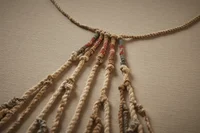
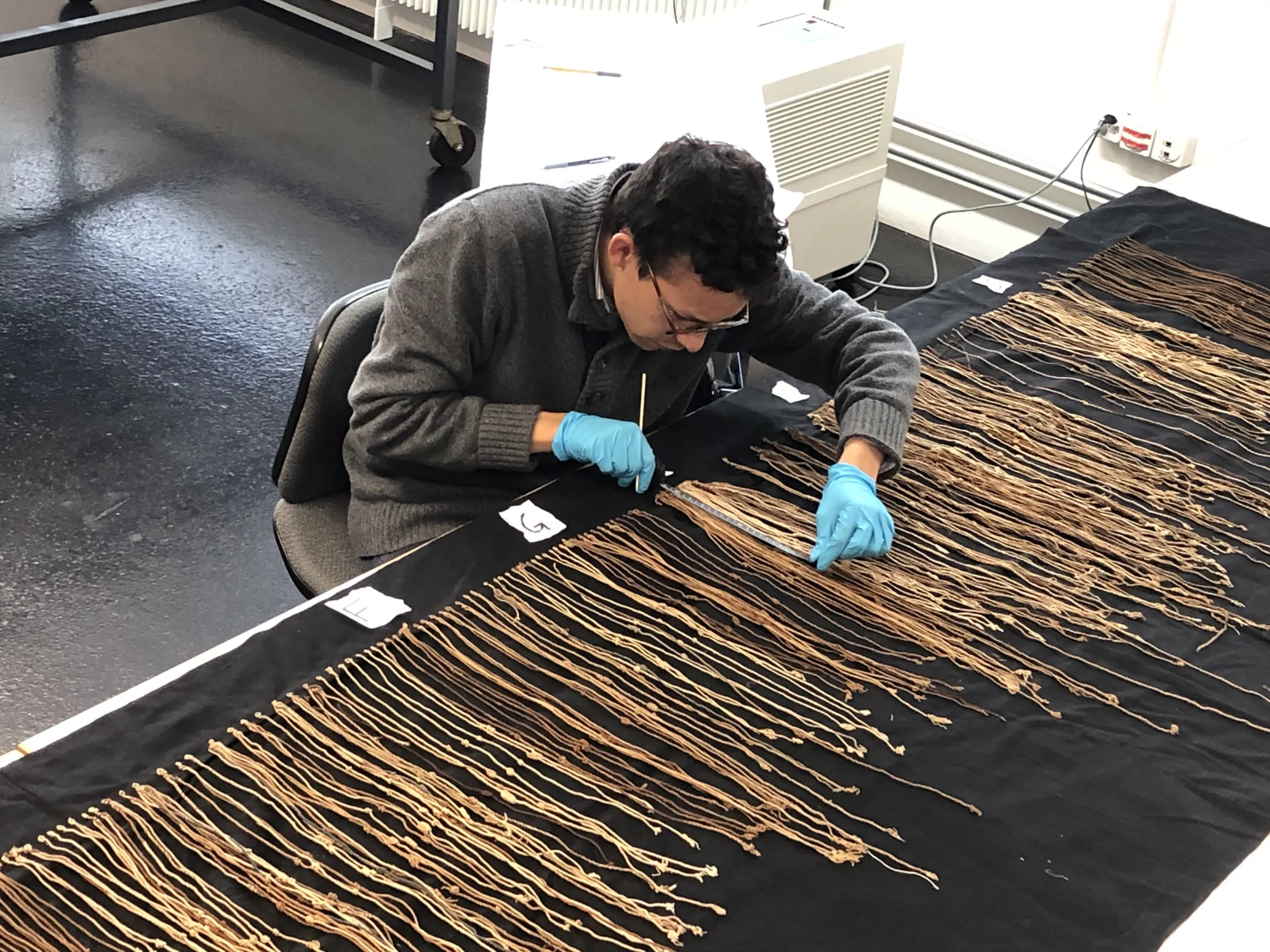

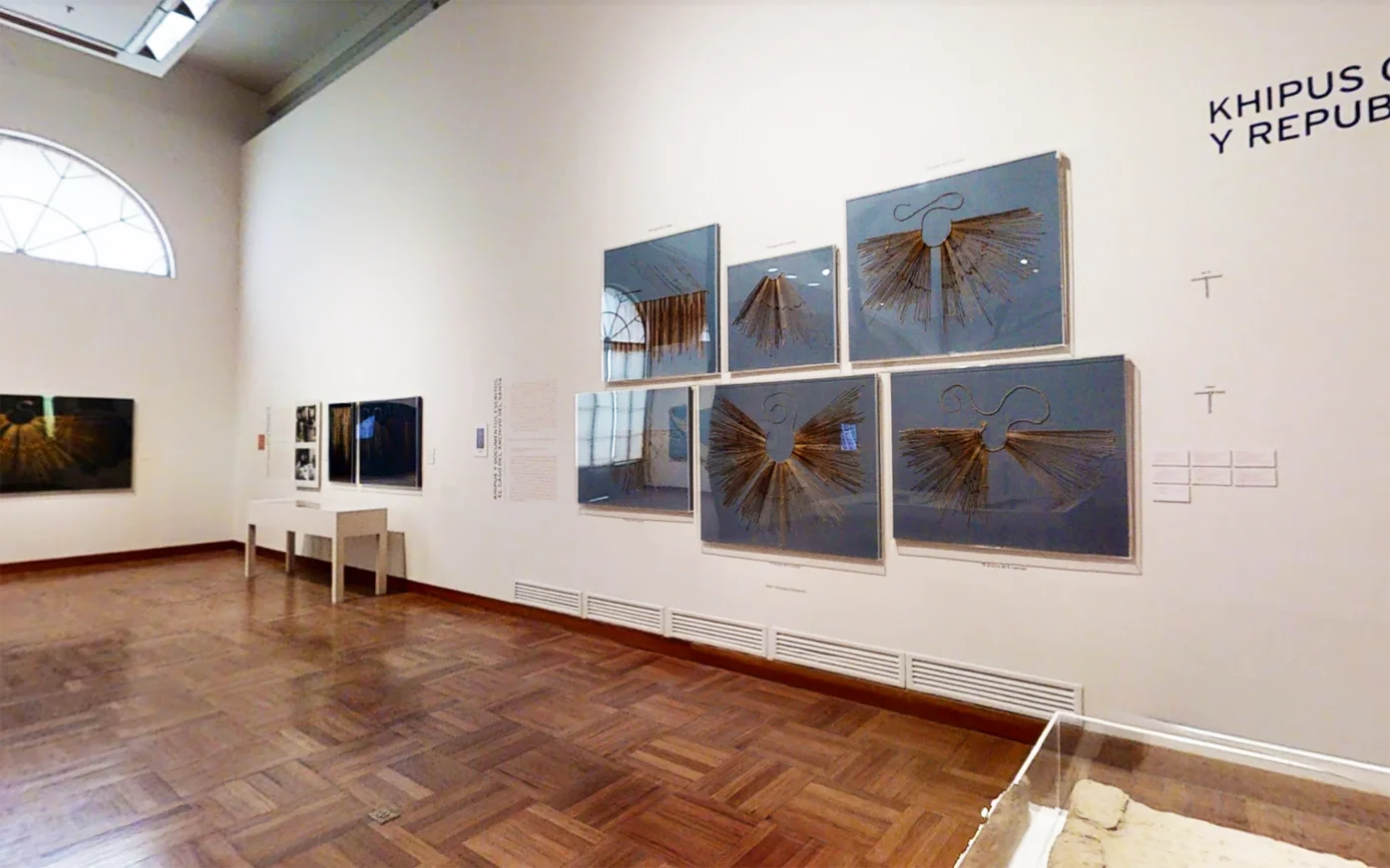
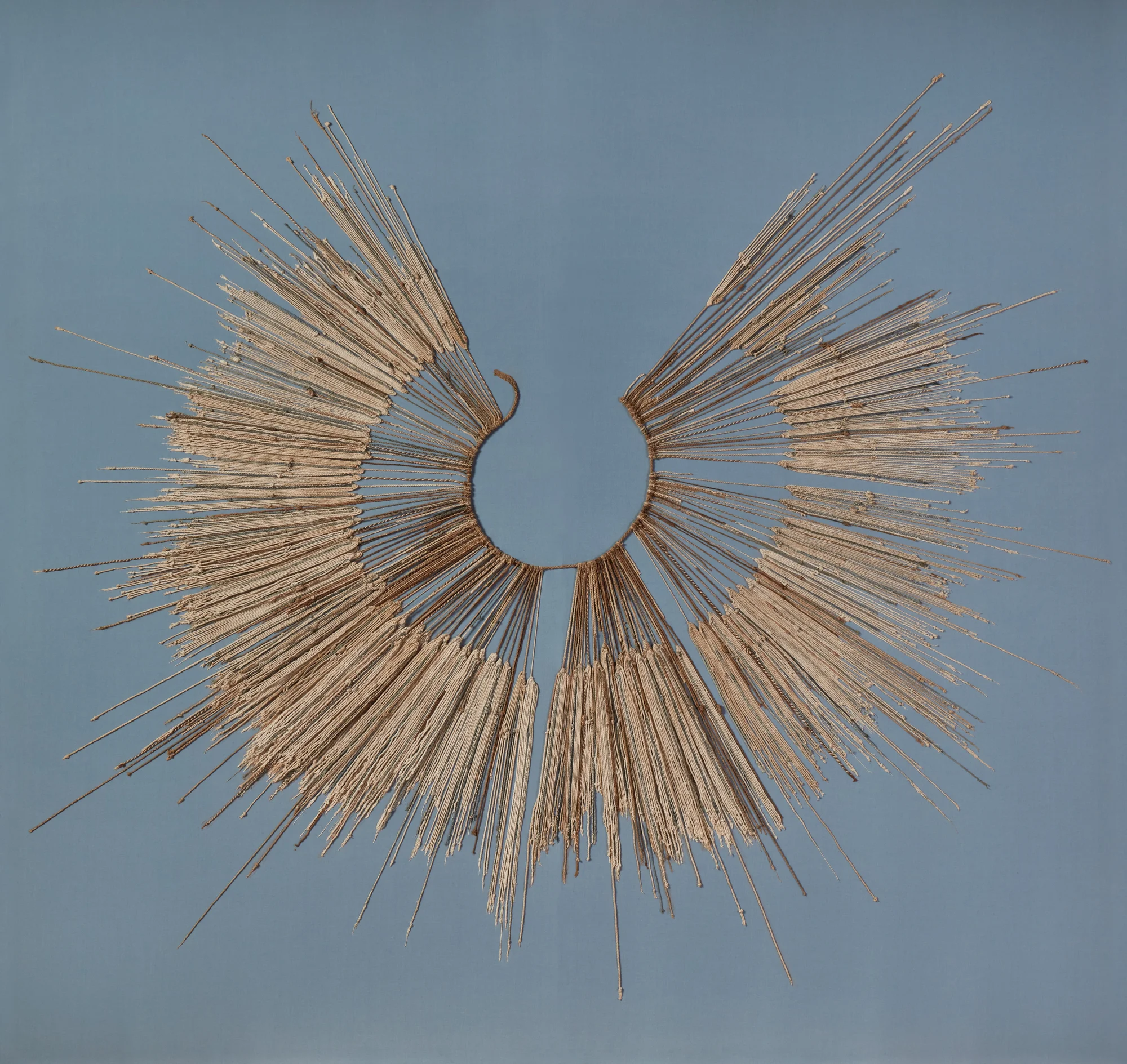
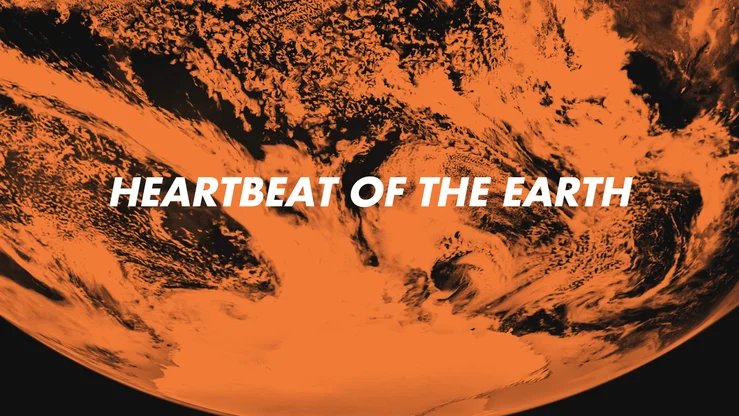


![[Hero Asset]Viola the Bird](https://storage.googleapis.com/gweb-uniblog-publish-prod/images/Hero_AssetViola_the_Bird.max-1200x416.format-webp.webp)
